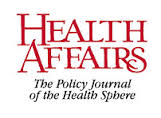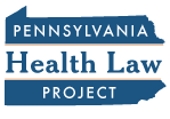Feds Issue Proposed Guidance for 340B Program
The federal Health Resources and Services Administration (HRSA) has issued proposed guidelines governing its section 340B Drug Pricing Program.
The 340B program, which requires pharmaceutical companies to provide discounted drugs for qualified providers to dispense to low-income patients, has become controversial in recent years amid a significant increase in the number of eligible providers and allegations by the pharmaceutical companies that the drugs are not being used for their intended purpose.
 The proposed guidance released by HRSA seeks to clarify a number of the concerns that have been raised about the program. Among other considerations, these guidelines address entities that may participate in the program; patient eligibility requirements; and audits, records, and compliance.
The proposed guidance released by HRSA seeks to clarify a number of the concerns that have been raised about the program. Among other considerations, these guidelines address entities that may participate in the program; patient eligibility requirements; and audits, records, and compliance.
For a closer look at the proposed guidelines, see this article in Becker’s Hospital Review. Find the 90-page guidance document itself here, in the Federal Register. Interested parties have until October 27 to submit written comments to HRSA about the proposed guidance.







